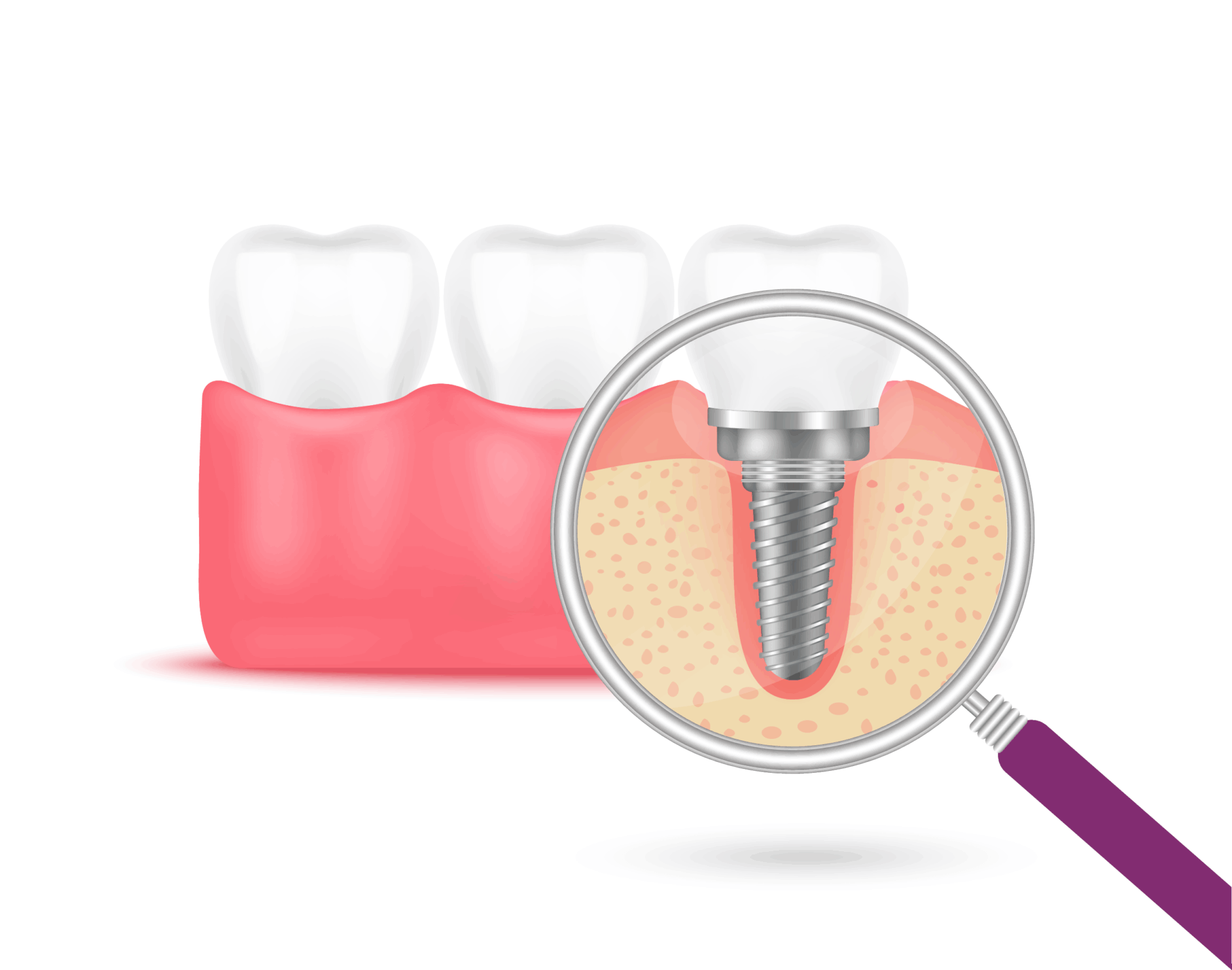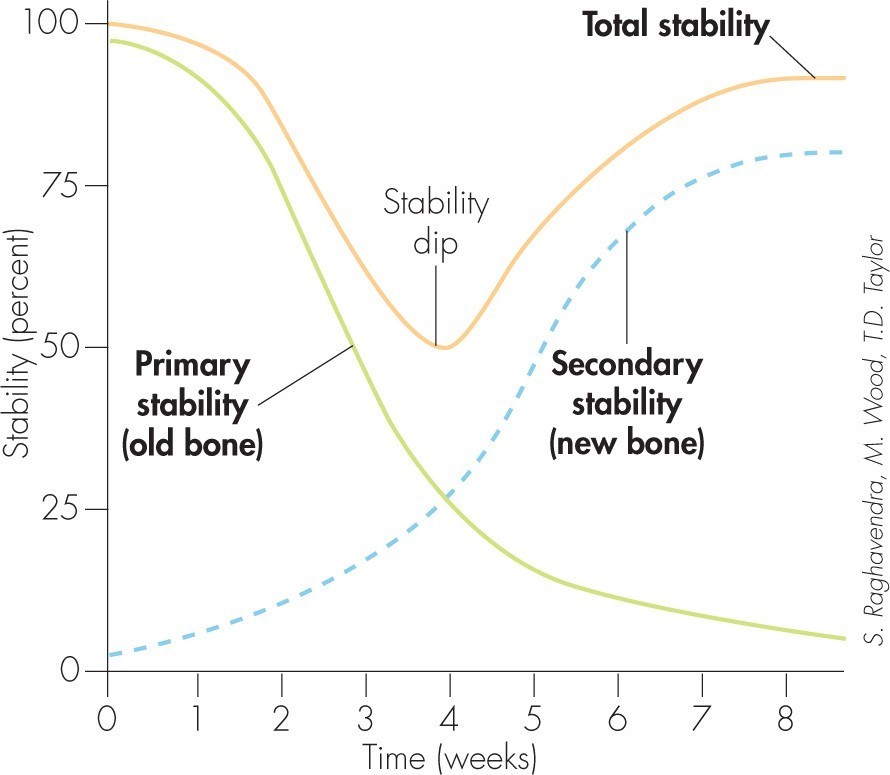
What is osseointegration – and why is it key to dental implant success?
Oct 07, 2025
When we think about dental implants, it’s easy to focus on the visible outcome – a restored smile that looks and feels natural. But behind every successful implant lies a remarkable biological process called osseointegration.
Osseointegration – How the body accepts the implant
Osseointegration refers to the direct and functional connection between living bone and the surface of a dental implant. It’s what allows the implant to become part of the body – not just mechanically, but biologically. Without osseointegration, implants wouldn’t be able to stay stable or function long-term.
From mechanical to biological stability
Initially, the implant is held in place by mechanical stability – it’s physically anchored in the bone. But as healing begins, the body starts remodeling the bone tissue around the implant. During this phase, stability can temporarily decrease, especially around the two-week mark post-surgery, before biological stability takes over.

Several factors influence how quickly and effectively this transition happens:
- The implant’s surface and design
- The surgeon’s experience
- The patient’s biology, health, and lifestyle
Measuring osseointegration with the ISQ Scale
To monitor how well an implant is integrating with the bone, clinicians often use Osstell devices that measure implant stability using Resonance Frequency Analysis (RFA). These devices provide values on the ISQ (Implant Stability Quotient) scale, which helps track changes in stability over time. By observing ISQ values, dental professionals can determine the optimal moment to load the implant with a crown or bridge – helping reduce the risk of complications.
Research has shown that implant stability is a key prognostic factor in determining long-term success. For example, this PubMed study highlights how stability assessments can guide clinical decisions and improve outcomes.
Tracking ISQ values helps dental professionals:
- Determine the optimal time for prosthetic loading
- Reduce the risk of implant failure
- Personalize treatment plans based on individual healing responses
In summary
Osseointegration is the cornerstone of modern implant dentistry. It’s a complex biological process that transforms a dental implant from a foreign object into a stable, integrated part of the body. With time, precision, and proper care, it enables implants to function just like natural teeth – secure, durable, and reliable.
Why osseointegration matters
The success of a dental implant depends on more than just placement – it hinges on how well the implant bonds with the surrounding bone. Strong osseointegration ensures long-term stability, minimizes complications, and gives patients lasting confidence in both their smile and oral health.



Add comment